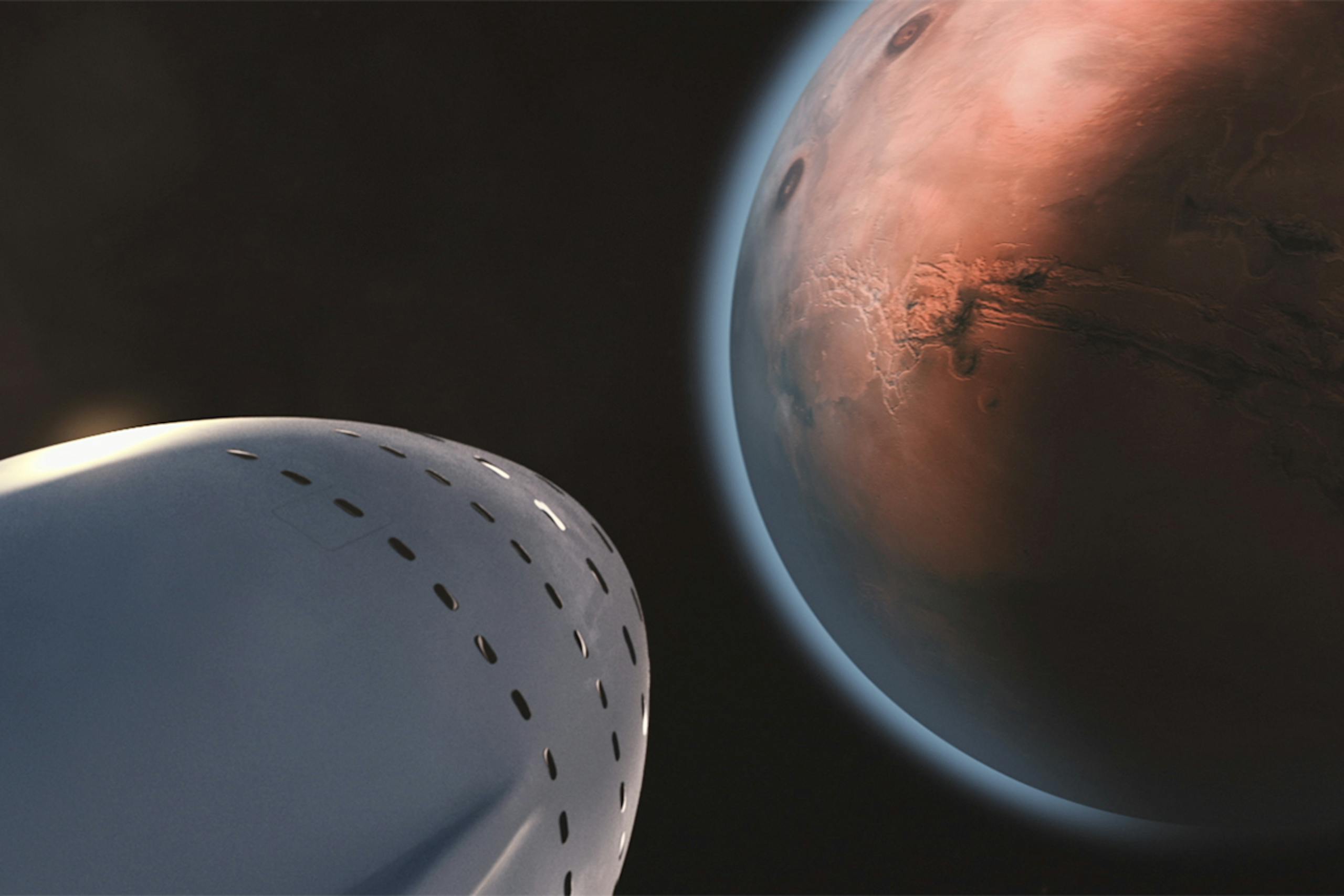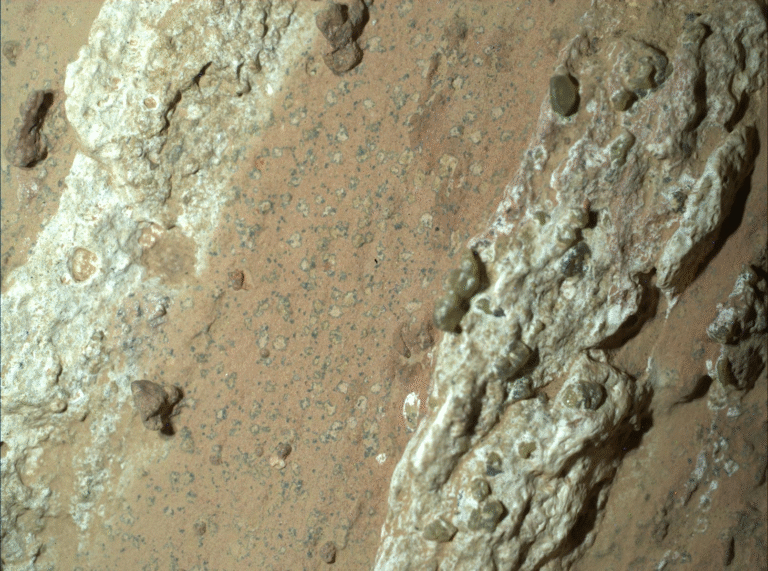Mars’s Mantle Isn’t Smooth At All – InSight Reveals a Chaotic, Rocky Interior

When we picture the inside of a planet, it’s tempting to imagine it like a neatly layered cake — crisp crust, firm mantle, and dense core, all stacked in order. But thanks to data from NASA’s now-retired InSight lander, scientists have just discovered that Mars is nothing like that. Instead of a smooth interior, Mars’s mantle looks more like a Rocky Road brownie than a millionaire’s shortbread — full of irregular lumps, fragments, and hidden relics from its violent past.
This new study, published in Science on August 28, 2025, suggests that the Red Planet’s interior holds geological time capsules dating back more than four billion years. That means deep inside Mars are preserved clues from the planet’s earliest days — from gigantic collisions to vast oceans of molten rock that once reshaped its surface.
The Chaotic Past of Mars
Mars formed about 4.5 billion years ago, alongside Earth, Venus, and Mercury. In those turbulent early years, it wasn’t a peaceful process. Mars was repeatedly slammed by colossal impactors — some as big as small planets themselves. These violent crashes unleashed unimaginable amounts of energy, creating magma oceans that covered the young planet.

Credit: Vadim Sadovski / Imperial College London
As these oceans cooled, chunks of material crystallized and sank into the mantle. But instead of blending smoothly, they got trapped as distinct blocks — like giant chocolate chips in brownie batter. Over time, Mars’s outer shell solidified into a rigid crust that locked these fragments inside. Unlike Earth, which constantly recycles material through plate tectonics, Mars kept these lumps frozen in place, preserving them for billions of years.
What InSight Detected
The breakthrough comes from seismic data collected by the InSight mission, which operated on Mars between 2018 and 2022. Scientists focused on eight especially clear marsquakes, including a few triggered by fresh meteorite strikes. When seismic waves from these quakes traveled through the planet, researchers noticed something strange: the waves slowed down and showed signs of interference.
That interference pointed to irregular structures hidden in the mantle. Instead of a smooth interior, the waves revealed blocks up to 4 kilometers wide, surrounded by smaller fragments. This pattern is similar to what happens when a glass shatters — a few large shards surrounded by many smaller ones. In other words, Mars’s interior is literally broken into pieces by its own catastrophic beginnings.
Why It Matters
The discovery is important for several reasons:
- A planetary time capsule: Because Mars doesn’t recycle its crust through tectonics like Earth does, its mantle has been a quiet storage room for ancient planetary history. What we see today inside Mars is a frozen record of the solar system’s violent youth.
- A key to rocky planet evolution: These findings don’t just apply to Mars. They help scientists understand how Venus, Mercury, and even Earth may have looked in their early stages, before tectonic activity or volcanic resurfacing erased the evidence.
- Hints of failed planets: Some researchers suggest that these embedded fragments may include pieces of other protoplanets that collided with Mars but never fully formed themselves. If that’s true, Mars may literally be carrying around the fossils of lost worlds inside its mantle.
Mars vs. Earth
The contrast with Earth couldn’t be sharper. On our planet, plate tectonics constantly stir the mantle, recycle crust into the deep interior, and erase signs of its earliest history. That’s why Earth’s oldest rocks are relatively young compared to Mars’s preserved record.
On Mars, though, the crust solidified early into a stagnant lid. This prevented the kind of large-scale mixing that happens here on Earth. The result? We can still detect the scars of Mars’s first 100 million years — long after Earth’s have been erased.
A Chaotic Yet Beautiful Picture
So instead of a neat, layered diagram, Mars’s interior looks more like a patchwork of shattered fragments. The discovery gives us a new way to imagine the Red Planet: not as a static, boring world, but as one still carrying the scars of its fiery birth.

And here’s the truly exciting part: the study shows how much science can still be squeezed from InSight’s treasure trove of data, even though the lander went silent in late 2022. Every quake it recorded is still reshaping our understanding of Mars.
In the end, what’s hiding under Mars’s dusty surface is a reminder that planets — just like people — carry their histories within them. Mars’s rocky road mantle is a story of creation, chaos, and survival written deep beneath its red surface.
Reference: Seismic evidence for a highly heterogeneous martian mantle – Science, August 28, 2025





